In countries like Uganda and Nicaragua, systemic problems impair people's ability to receive the type of healthcare they need. The two primary problems are extremes in distribution of wealth and underfunding of public healthcare.While quality healthcare is available in the private setting, the overwhelming majority of the population cannot afford the costs. This leaves them with one option, the public healthcare system. Yet the underfunded public system typically results in dangerous wait times, improper diagnosis and treatment, and limited access to needed services. While in theory all services are free, in actuality there are costs associated with receiving care.
At OWH, we believe that your birth country should not determine your ability to access basic healthcare. We exist to provide quality, affordable healthcare to people, families, and communities that are caught in the gap between an under-functioning public system and an unaffordable private system.
OWH’s Mission is to provide quality, affordable healthcare to people in need while its’ vision is to see communities empowered To see communities empowered to bring about long-term improvements in health and quality of life.
OWH are revolutionizing the approach to medical intervention in the developing world by moving beyond relief to achieve long-term improvements in health. In a world where nearly half the population lives on less than $2 per day (Source: UN, 2016), socialized healthcare systems are overcrowded, poorly equipped and underfunded. By creating sustainable medical centers that offer low-cost services, OneWorld Health is increasing accessibility to high-quality healthcare and empowering communities for a healthy tomorrow.
+ PROJECT SPECIFICS
Structure OWH utilizes a subsidiary structure in each country outside the U.S. where healthcare projects are developed. Upon entry into a new country, an International NGO is created to serve as an umbrella organization for all projects that are established. The International NGO is governed by an international board whereby OWH U.S. holds the majority leadership.
Patient Fees Our model for operational sustainability is built around providing fee-based, affordable healthcare. While public healthcare is free in theory, the reality is that a portion of the cost of care is transferred to the patient due to underfunding. Because of this, OWH strives to price services as close as possible to the actualized cost of care in the public system, or approximately 30%-70% below the private market.
Target Patient Population In the countries where OWH serves, the top 10% of the population typically chooses to receive healthcare from private, for-profit institutions. The bottom 10% of the population is simply unable to afford even the lowest cost services. Generally speaking, OWH serves everyone in between the extremes, appealing to all consumers with affordable prices—but also to the middle and upper classes and corporate partners through a focus on quality.
Project Models Currently, OWH is utilizing four project models. In Central America, an outpatient clinic model with locally specialized services is the strategy of choice for the rural areas, while the micro clinic is a full-service outpatient care and diagnostic clinic designed for urban settings.
The following is a brief overview of each model:
Project Model: Central America Rural Free-Standing Facility Scope of services: Outpatient clinic with locally specialized services Population served: 100,000 (+) Size (meters squared): 200 - 300 Land acquisition: Outright purchase with free title Facilities: Up-fit existing structures Timeline to opening: 18 months Operating months to break even: 18 months
Project Model: Central America Urban Facility (in pilot phase) Scope of services: Outpatient clinic with diagnostic and lab capabilities Population served: 250,000 (+) Size (meters squared): 120-150 Land acquisition: Minimum 5-year renewable lease Facilities: Up-fit existing structures Timeline to opening: 9 months Operating months to break even: 9-12 months
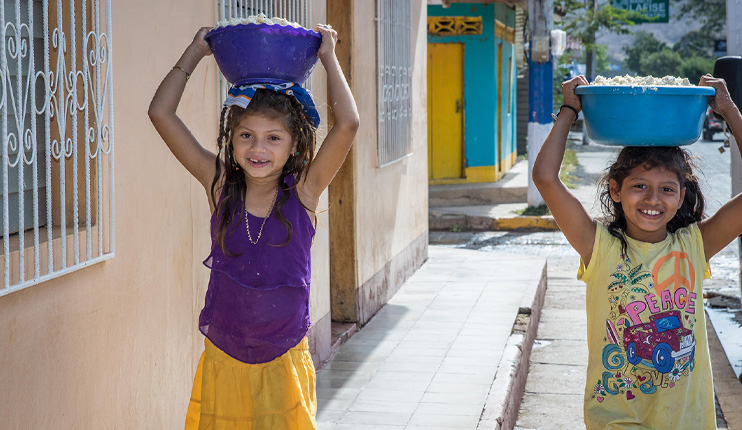
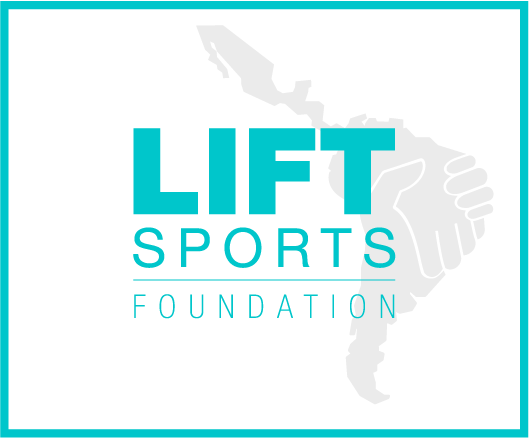


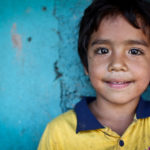
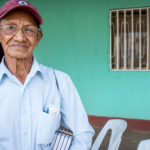
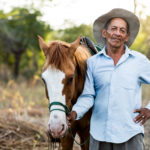
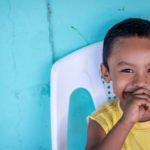
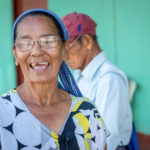
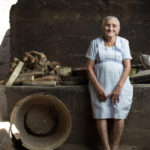
Leave a Reply